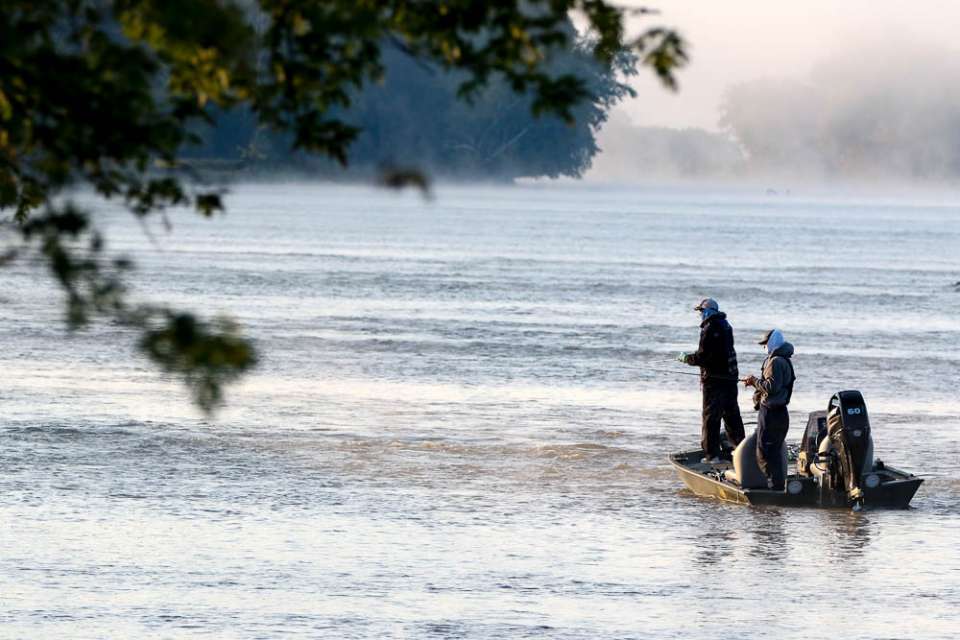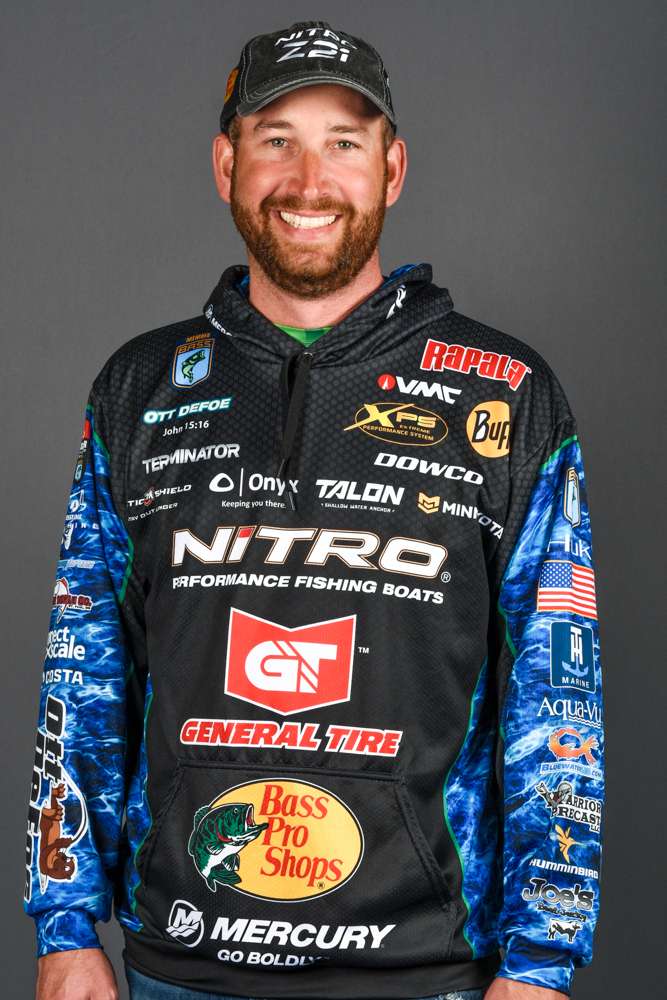
There’s still plenty of time to work on something that’ll have a big impact on your bass fishing this year, and it doesn’t cost very much. You don’t need to buy more lures or spend money on things you already have in your boat. All it takes is some gas, a little oil and a willingness to run around your local lake in the cold.
I’ve done that on Douglas Lake here in Tennessee for years, and it’s really paid off for me. I’ve won two Opens. The first one was the 2014 Bass Pro Shops Northern Open #1 and the second was the 2017 Bass Pro Shops Northern Open #3. One of the biggest reasons I won those events was because I know Douglas like I know my own backyard.
You can do the same thing on your home water, if you’ll put in the time and effort.
I’d suggest you start right now while the water’s down in most reservoirs. You can cruise around and look at what’ll be underwater in a couple of months. Think about how stumps, rocks and creeks or springs fit into the big picture. Mark waypoints with your GPS, make notes and take photographs.
What I’m talking about works better on some lakes than others. Douglas has a 40 foot drop so it’s a dream for this kind of thing. But, even if your lake is only a couple of feet down you’ll still learn a lot just by looking closely at the shoreline and making notes about what it tells you.
You can also do grid searches over open water. Mark trails — I set my unit at 200 feet most of the time — on your sonar unit so you don’t cover the same area twice or miss a big chunk of water and survey everything that’s underneath you. You can take pictures of your GPS screen for future reference if that helps you. And, don’t forget to take note of the depth. Everything will be deeper when the water’s up.
While you’re doing this spend some time learning to triangulate, or “line-up” as we call it around here. The process is simple but does require practice to get good at it. Sit on your spot and find three things in different places on the shore. Run imaginary lines from them to where you are. The lines should intersect right over your boat. When you come back, find those same three things and put your boat where the three lines intersect.
There are several excellent videos on the internet that show you exactly how to do this. I suggest you watch a couple of them before you try this for the first time.
One last thing you should think about is running your lake after a hard rain. Check every creek and inflow. Make notes about which ones turn muddy and which ones stay clean. Then, if you go fishing after a hard rain you’ll know where the water’s good and where it isn’t. That’ll save you lots of valuable fishing time.
What I’m talking about doing is not a fishing trip. It’s a look and learn trip. Leave your rods and reels at home. You won’t need them. But, if you do this you’ll catch more fish with them when you do need them.

